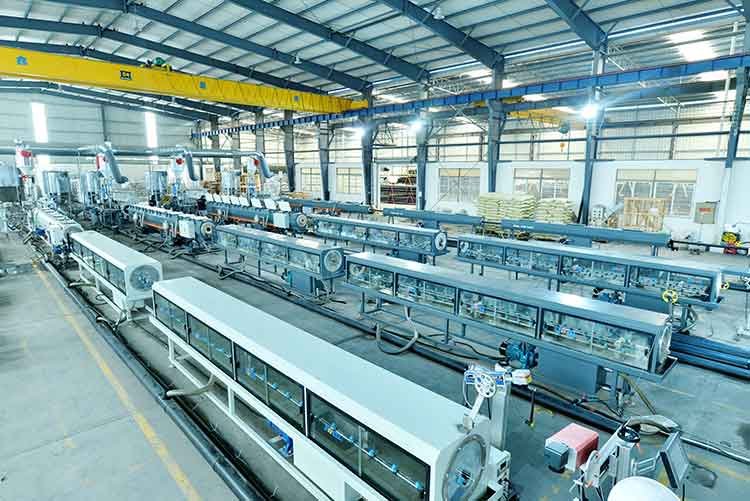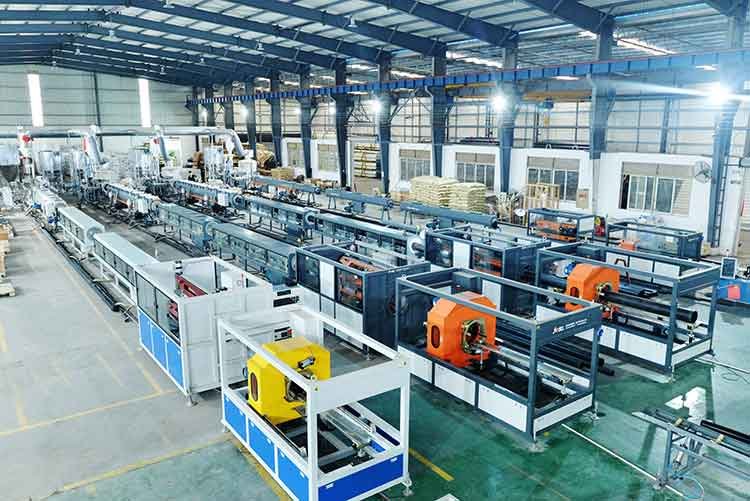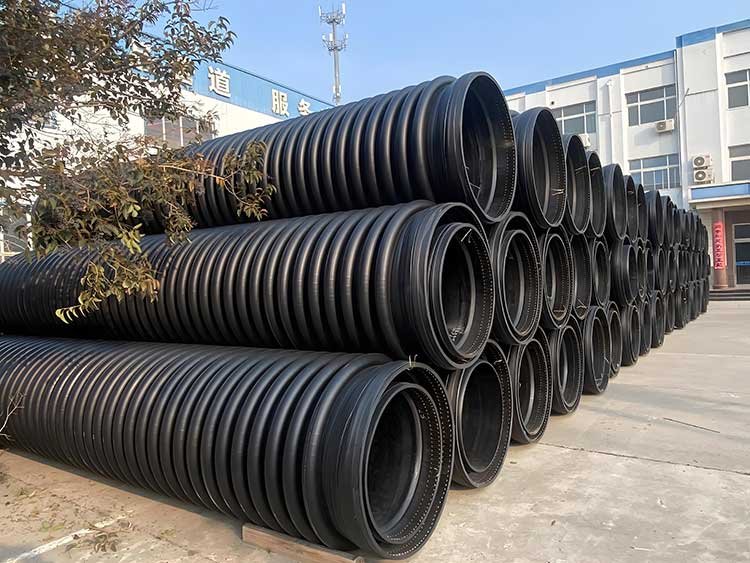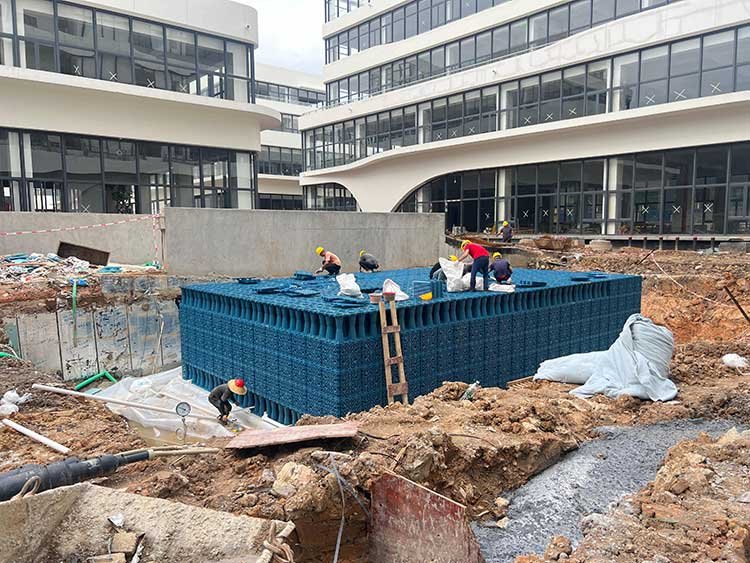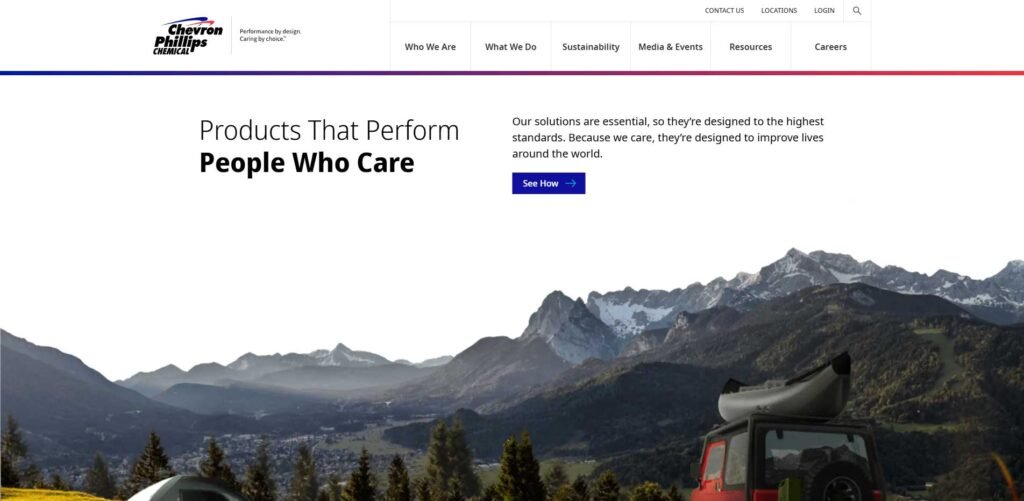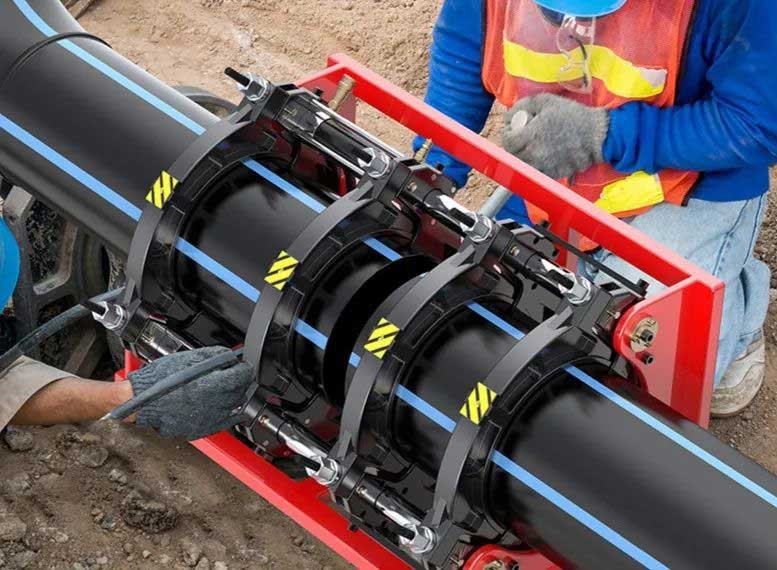시립 파이프
도시 배관은 일반적으로 지하(일부는 상부)에 매설되며 도시 계획에 따라 균일하게 설계 및 배치되어야 합니다. 또한 체계성, 은폐성, 내구성 등의 특성을 갖춰야 합니다. 시공 품질은 도시 운영의 효율성과 주민의 삶의 질에 직접적인 영향을 미칩니다.
오늘 문의 보내기
도시 배관 공급
도시 파이프는 도시 인프라 건설에서 다양한 유체(물, 하수, 빗물, 가스 등)를 수송하고 배출하는 데 사용되는 파이프 라인 시스템을 말합니다. 파이프라인 네트워크는 현대 도시의 생명선으로, 도시의 정상적인 운영과 주민의 생활 요구를 지원합니다. 도시 파이프라인의 설계와 시공은 안전, 신뢰성, 내구성을 보장하기 위해 엄격한 표준과 사양을 따라야 합니다.
도시 파이프 주요 유형
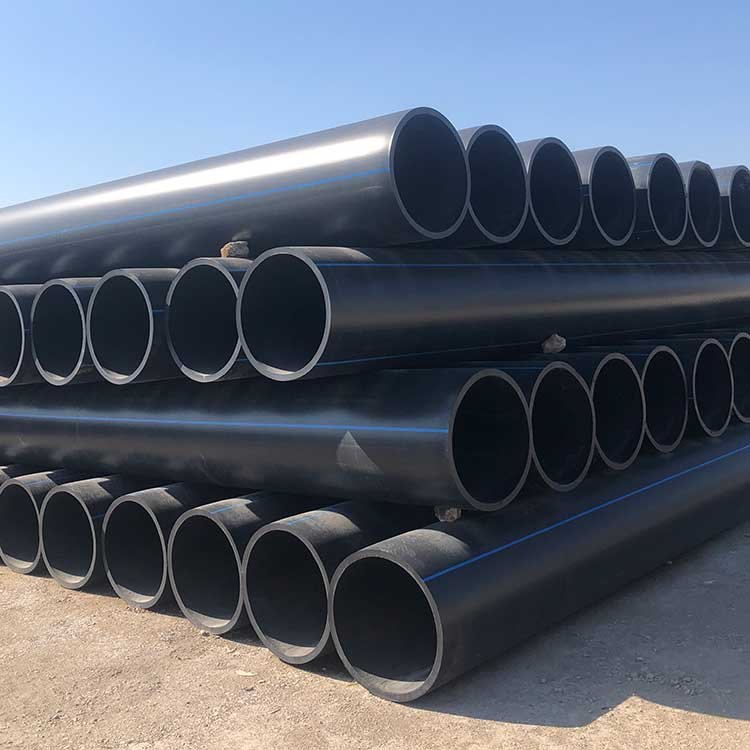
지자체 배관 재료 선택
도시 파이프 라인에는 다양한 재료가 있으며, 가장 일반적인 재료는 폴리에틸렌(PE), 폴리프로필렌(PP) 등입니다. 다양한 유형의 파이프라인 재료는 다양한 애플리케이션 시나리오에 적합합니다. 예를 들어, PE 및 PP 파이프는 우수한 내식성과 쉬운 설치로 인해 현대 도시 엔지니어링에서 점점 더 인기를 얻고 있는 반면, 주철 및 강관과 같은 전통적인 재료는 강도와 내구성에 대한 요구 사항이 더 높은 경우에 더 자주 사용됩니다.
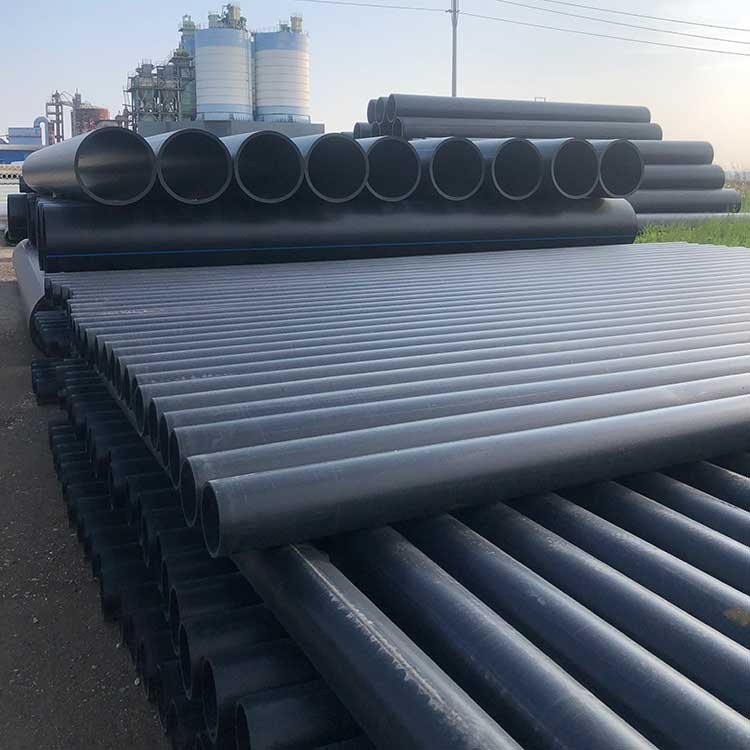
도시 배관 건설 및 유지 관리를 위한 핵심 사항
건설 포인트
1. 트렌치 굴착: 파이프의 특성에 따라 바닥의 평탄도를 조절합니다. 연약 토양 기초는 모래 쿠션층(두께 ≥ 150mm)을 깔아야 합니다.
2. 파이프라인 연결: PE 파이프는 핫멜트 또는 전기 융착으로 연결하고 강관은 용접 또는 플랜지로 연결하여 인터페이스의 품질을 보장합니다.
3. 부식 방지 처리: 강관의 외부 부식 방지 층은 설계 표준(예: 3PE 코팅 두께 ≥ 2.9mm)을 충족해야 합니다.
유지 관리 관리
1. 정기 점검: CCTV 검사, 초음파 두께 측정 및 기타 기술을 사용하여 파이프 라인의 내부 상태를 평가합니다.
2. 퇴적물 제거 및 준설: 우수관은 최소 1년에 한 번씩 오탁을 제거해야 하며, 하수관의 오탁 제거 주기는 유량과 수질에 따라 결정해야 합니다.
3.비상 대응: 파이프라인 네트워크 지리 정보 시스템(GIS)을 구축하여 결함 지점을 신속하게 찾고, 비상 용품(예: 막음 자재 및 펌핑 장비)을 비축합니다.
관련 기사
How about Guangdong Juntong Technology Co., Ltd.
Guangdong Juntong Technology Co., Ltd. is currently the domestic polyethylene pipe production base. As a…
What is an Extruder? – A Complete Guide
One of the major machines that has revolutionized the plastic pipe manufacturing industry is the…
What is a corrugated pipe? – Exploring its types, feature and applications
The primary function of corrugated pipes is to transport fluids, gases, and solid particles across…
What is PP rainwater module?
PP rainwater module is a new type of rainwater collection equipment, mainly used for storing…
Top 20 PE pipe manufacturers in USA, China, and other countries in the world
This article lists all global PE pipe manufacturers and provides relevant information about each type…
PE pipe welding steps and precautions
PE pipes are primarily used for rural drinking water supply, urban and rural drinking water…
